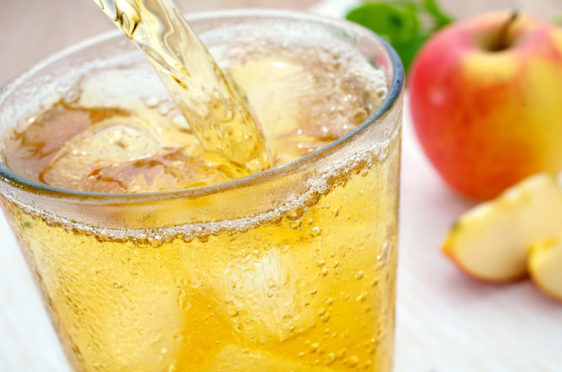If there is one place in Britain where I suspect the Scottish Government is the No 1 pet hate, it is in Cornwall and the West Country. Why? Because their minimum pricing policy has effectively decimated sales of cider in Scotland. A two-litre bottle of supermarket’s-own cider has spiralled from £2 to £5 (that’s 150%) and canned ciders have also suffered crippling price rises.
To be fair, cider has long benefited from the UK’s quirky alcohol duty system that has one rate for cider and most beers, a steeper rate for wines and a steeper-still rate for spirits. Many ciders were— in terms of bang-for-your-buck, or rather alcohol-per-pound-spent—the cheapest drink and cider was, more than any other drink, targeted by the minimum pricing policy. Politically, it also helped that almost all cider makers were outside Scotland with scant lobbying clout north of Hadrian’s Wall.
I have never concealed, in this column or elsewhere, my opposition to minimum pricing. I regard it as a totally absurd policy, for four reasons. One, it will not deter the problem drinkers who regularly end up in A&E units or police cells. Whatever it costs, they will find a way to get their bevvy.
Two, the policy has glaring loopholes in it: any drink ordered from England or elsewhere by phone or internet escapes the 50p-a-unit rule and I foresee that thousands of Scots, and not just those in the Borders, will plan the occasional booze cruise to Carlisle or Berwick to buy drink at English prices.
Thirdly—and this is the ultimate absurdity—the extra money Scots have to pay does not go to the Government as indirect taxation to be used for worthy purposes, but goes to the retailers and supermarkets. True, if they make more profits, these may lead to more tax revenues, but the sums raised will be miniscule compared to what the public is having to shell out.
Lastly, I see it as a political error that will nark many voters already irked by other policies the Scottish Government has pursued in recent years. One blessing is the policy has a five-year “sunset clause” so it may wither in 2023.
Cider is made from good apples. Frankly, minimum pricing is a rotten one.










